Back when I was still living in BSQ Plaza in Reparo, Caloocan, Kwek-Kwek wasn't just my after-work merienda, it was my ultimate comfort food that got me through countless hungry afternoons at ₱20 per 4 pieces.
I still remember rushing to Manong Eddie's orange cart outside BSQ Plaza, joining the crowd of students all pointing at which egg had the most perfectly crispy coating. After years of practice (and honestly, some kitchen disasters), I've finally recreated Manong's secret recipe that gave his kwek-kwek that signature extra-crunchy coating and addictive sauce that had us all coming back daily.
This homemade kwek-kwek recipe captures that exact street food magic, remembering the taste of your merienda days, but now with the satisfaction of making it yourself, and yes, adding extra sauce because you're now the boss of your own kwek-kwek destiny.
What is Kwek-kwek?
Kwek-kwek is a beloved Filipino street food made of hard-boiled quail eggs coated in an orange-colored batter and deep-fried until crispy. This popular merienda (afternoon snack) is a staple at street food stalls and local markets across the Philippines.
The name "kwek-kwek" is said to come from the sound the eggs make when being fried in hot oil. It's more than just street food - it's a cherished part of Filipino food culture, often enjoyed as an after-school snack or quick afternoon bite.
Jump to:
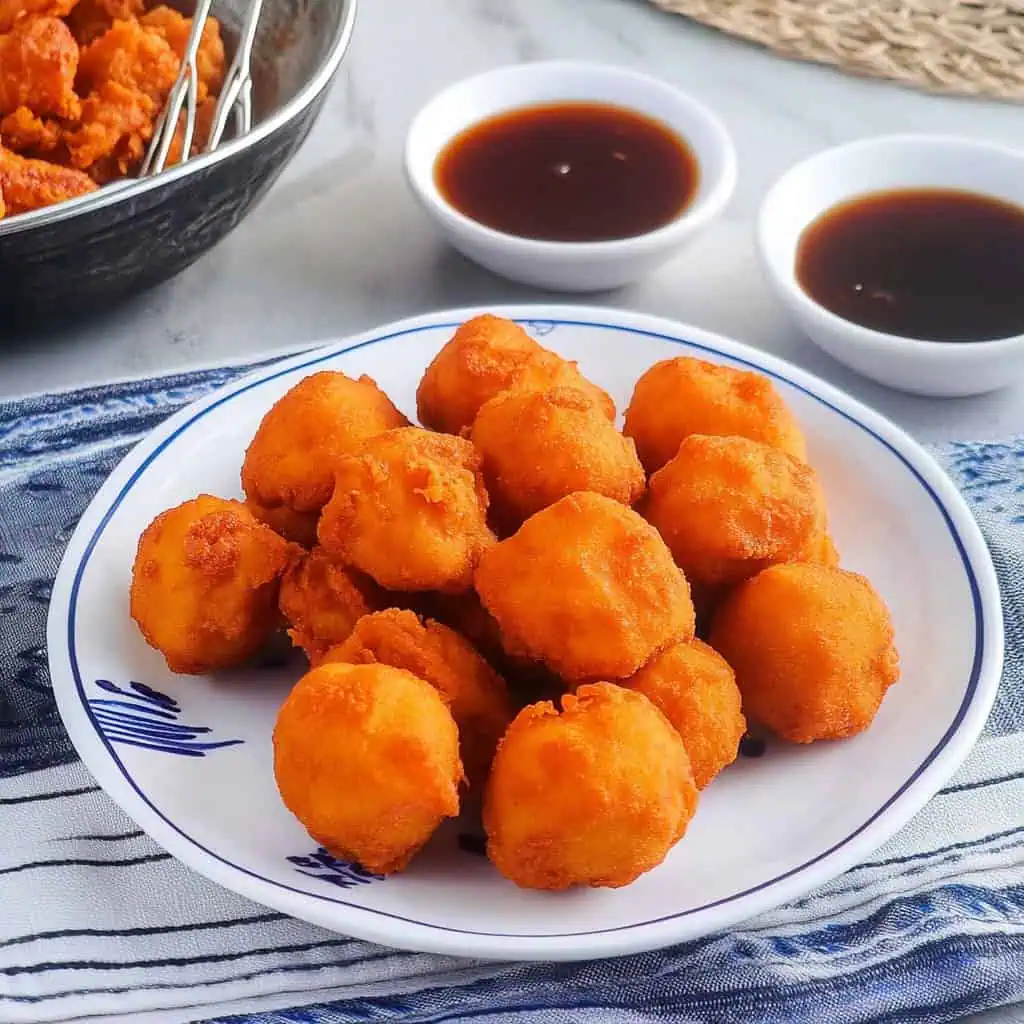
Why You'll Love This Recipe
- Double-coating technique for extra crispiness that stays crunchy longer
- Authentic street vendor sauce passed down from a real manong
- Perfectly balanced flavors that capture true Filipino street food taste
- Detailed Taglish instructions for better understanding
- Fool-proof troubleshooting guide for perfect results every time
Ingredients
This recipe uses quail eggs for their perfect bite-size portion and rich flavor. The batter combines flour for structure, Magic Sarap for that authentic Filipino taste, and orange coloring for the signature street food appearance.
The dual sauce system offers both tangy-sweet and savory-spicy options that complement the crispy coating, while the double-coating technique ensures that authentic street vendor crunch.
Each ingredient has been carefully selected to recreate the exact taste and texture that makes kwek-kwek a beloved Filipino classic.
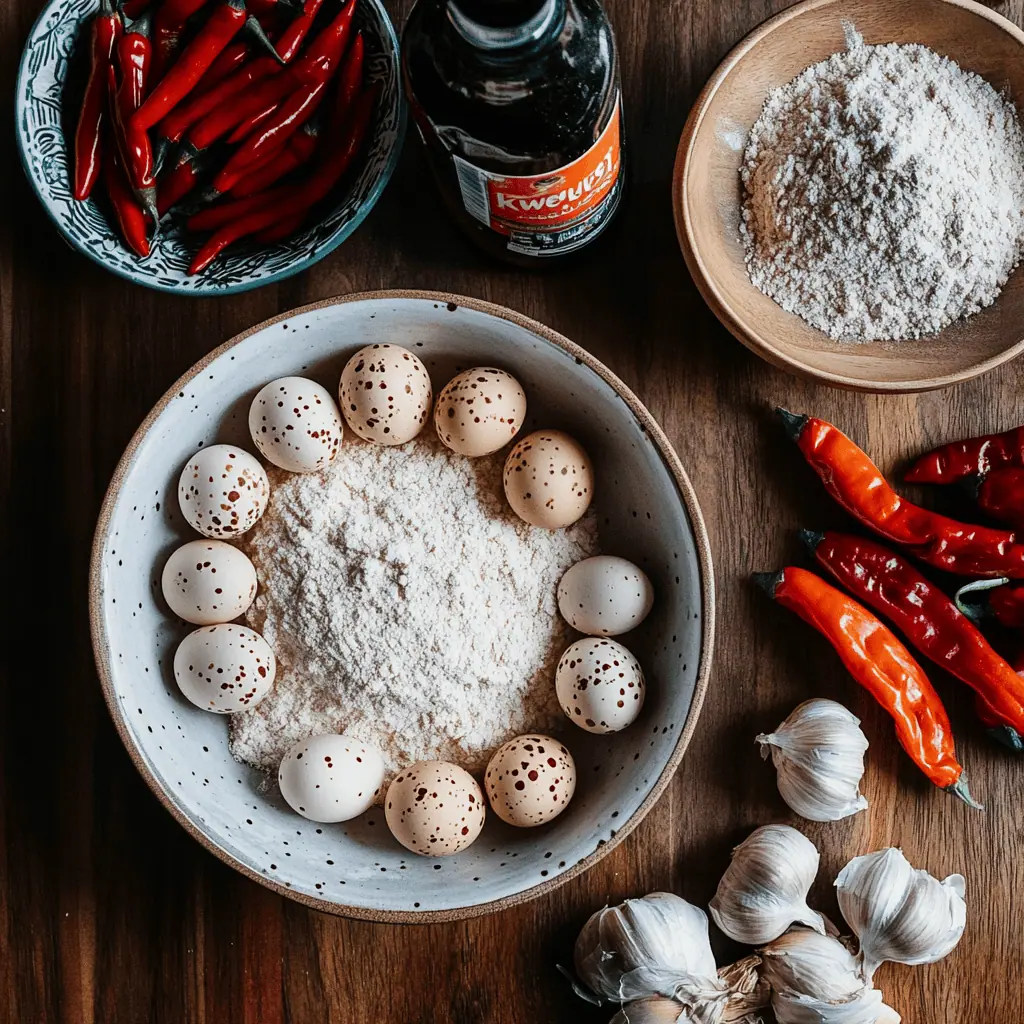
For the Quail Eggs:
- 36 pieces quail eggs
- Water for boiling
- Ice for ice bath
For the Batter:
- 1¼ cups all-purpose flour
- 1 packet (8g) Magic Sarap seasoning powder
- 1 teaspoon orange food coloring powder or annatto powder
- 1 teaspoon baking powder
- ½ teaspoon salt
- ½ teaspoon ground black pepper
- 1 cup cold water
- Canola oil for deep frying
For the Spicy Vinegar Sauce:
- ½ cup white vinegar
- ½ cup banana ketchup
- ¼ cup brown sugar
- 1 tablespoon soy sauce
- 4 Thai chili peppers, chopped
For the Special Sauce (Manong's Secret Recipe):
- 2 cups water
- ⅓ cup soy sauce
- 1 cup brown sugar
- 1 head garlic, minced
- ¼ cup shallots, finely chopped
- 4 Thai chili peppers, chopped
- 1 tablespoon all-purpose flour
- 1 tablespoon cornstarch
- ½ teaspoon salt
- ½ teaspoon ground black pepper
Equipment
- Medium saucepan - For boiling quail eggs to perfect doneness
- Large bowl - For preparing the batter mixture
- Deep frying pan or wok - For deep-frying the coated eggs
- Slotted spoon - For retrieving eggs from boiling water and oil
- Wire cooling rack - Keeps fried kwek-kwek crispy longer than paper towels
- Small saucepans (2) - For preparing both dipping sauces
- Kitchen thermometer - To maintain precise oil temperature
- Shallow dish - For dredging eggs in flour
- Paper towels - For drying peeled eggs
- Measuring cups and spoons - For accurate ingredient portions
- Whisk - For creating a smooth, lump-free batter
- Fork or tongs - For dipping eggs in batter and handling during frying
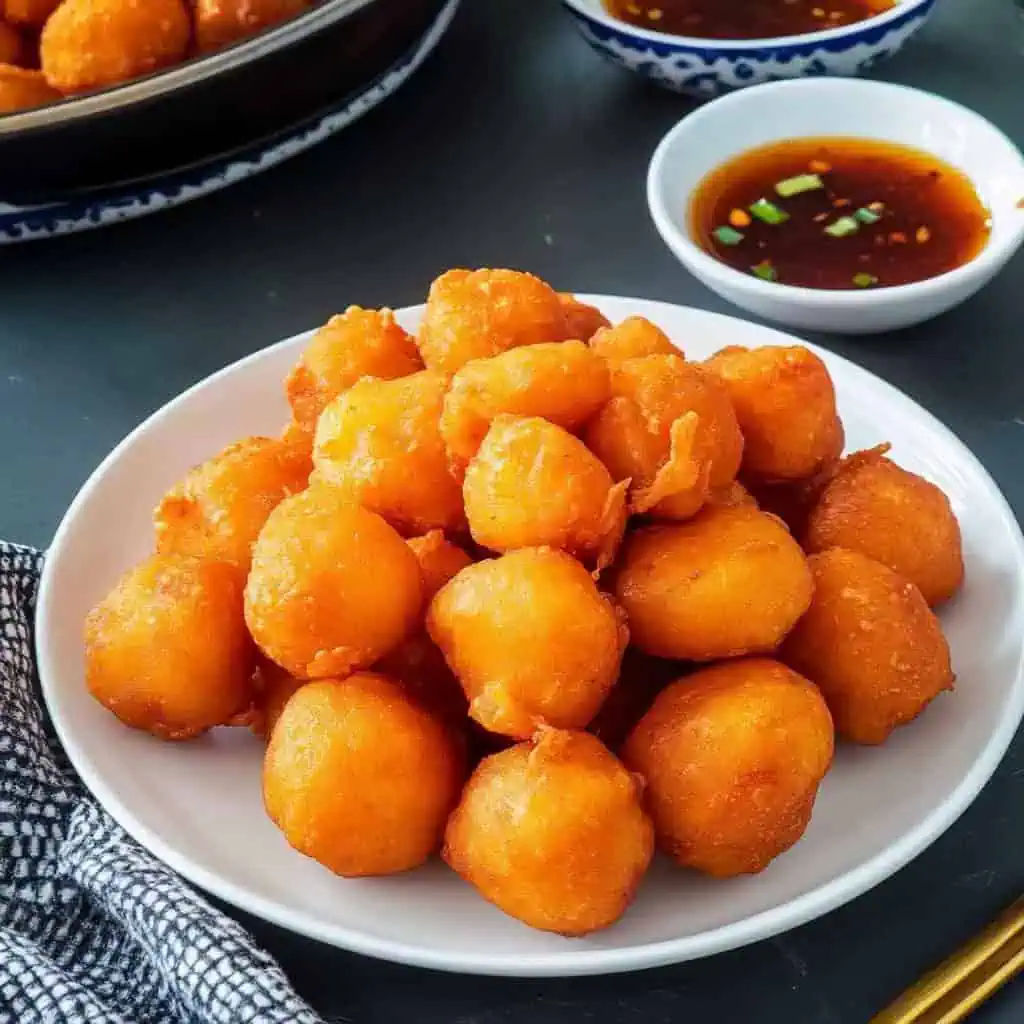
How To Make
- Start by preparing the quail eggs. Bring water to a boil in a medium saucepan. Gently add the eggs and cook for 3-4 minutes. Immediately transfer them to an ice bath to stop the cooking process. Once cooled, carefully crack and peel the eggs under running water, then pat them completely dry with paper towels.
- Prepare the batter by combining all-purpose flour, Magic Sarap seasoning powder, orange food coloring or annatto powder, baking powder, salt, and ground black pepper in a large bowl. Gradually whisk in cold water until you achieve a pancake-like consistency with no lumps. Let the batter rest for 5 minutes.
- While the batter rests, prepare both sauces. For the spicy vinegar sauce, combine white vinegar, banana ketchup, brown sugar, soy sauce, and chopped Thai chilies in a small saucepan. Simmer for 3-5 minutes until sugar dissolves. For Manong's special sauce, mix all ingredients in a saucepan and cook over medium heat, stirring constantly until thickened (3-5 minutes). Let both sauces cool completely.
- Heat canola oil in a deep pan to 350°F (175°C). Place ¼ cup flour in a shallow dish for dredging. Coat each egg first in flour, then dip in batter using a fork. For extra crispiness, double-coat by dipping again in the batter.
- Fry the kwek-kwek in batches of 6-8 pieces for 2-4 minutes until golden and crispy. Maintain oil temperature at 350°F for consistent results. Remove with a slotted spoon and drain on a wire rack, not paper towels, to maintain crispiness.
- Serve hot with both dipping sauces. Best consumed immediately while the coating is crispy.

Tips from Lola's Kitchen
- Pat eggs completely dry before coating - moisture is the enemy of crispy coating
- Use cold water in the batter - this creates a lighter, crispier texture when fried
- Double-coat the eggs for that extra-thick, extra-crunchy street food texture
- Maintain oil temperature at 350°F - too hot burns the coating, too cool makes it soggy
- Use a wire rack for draining instead of paper towels to preserve crispiness
- Add a teaspoon of baking soda to the boiling water to make egg peeling easier
- Don't overcrowd the pan when frying - leave space between pieces for even cooking
- Make the sauces a day ahead to allow flavors to develop fully
Substitutions
- No quail eggs? Use small chicken eggs to make tokneneng (larger version of kwek-kwek)
- No Magic Sarap? Substitute with 1 chicken bouillon cube plus ½ teaspoon garlic powder
- No orange food coloring? Use annatto powder, turmeric, or paprika (less vibrant but natural)
- No Thai chilies? Replace with bird's eye chilies, serrano peppers, or regular red chilies
- No banana ketchup? Regular tomato ketchup works well as an alternative
- No canola oil? Any neutral oil with a high smoke point works (vegetable, peanut, rice bran)
- Gluten concerns? Replace all-purpose flour with rice flour for a gluten-free version
Troubleshooting
- Batter falling off?
- Ensure eggs are completely dry before coating
- Double-check batter consistency (should coat back of spoon)
- Make sure oil is hot enough (350°F)
- Try dredging eggs in flour before dipping in batter
- Not crispy enough?
- Oil temperature might be too low
- Batter might be too thin (add more flour)
- Try adding more baking powder (up to ½ teaspoon extra)
- Don't stack fried kwek-kwek while still hot
- Orange color not vibrant?
- Add food coloring gradually until desired color is achieved
- Mix batter thoroughly for even color distribution
- Consider using fresh annatto seeds steeped in hot oil instead of powder
- Eggs cracking during cooking?
- Bring eggs to room temperature before boiling
- Add eggs gently to already boiling water
- Use the ice bath immediately after cooking
Storage & Reheating
Storage:
- Uncooked peeled eggs: Up to 2 days refrigerated in water
- Batter mixture: Up to 24 hours refrigerated (may need thinning)
- Cooked kwek-kwek: Up to 2 days refrigerated in airtight container
- Sauces: Up to 1 week refrigerated in sealed containers
Reheating:
- Best method: Re-fry for 30-60 seconds in hot oil (350°F)
- Alternative: Air fryer at 350°F for 2-3 minutes
- Quick fix: Toaster oven at 350°F for 3-4 minutes
- Avoid microwave as it makes the coating soggy and rubbery

FAQ
Why is my batter not sticking to the eggs?
Make sure eggs are completely dry and properly dredged in flour before dipping in batter. If still having issues, try making the batter slightly thicker.
Can I make kwek-kwek ahead for a party?
Yes, but for best results, prepare the eggs and sauces ahead of time, but fry just before serving. If necessary, you can fry up to 2 hours ahead and keep warm in a 200°F oven on a wire rack.
How do I know when the oil is ready for frying?
The best way is to use a kitchen thermometer (350°F is ideal). Alternatively, drop a small amount of batter into the oil - it should sizzle immediately and rise to the surface without burning.
Why did my coating turn brown instead of orange?
Your oil might be too hot. Maintain temperature at 350°F and adjust food coloring as needed. Using too much annatto powder can also cause browning.
Can I freeze kwek-kwek?
You can freeze the boiled, peeled eggs for up to a month, but I don't recommend freezing battered or fried kwek-kwek as the texture will suffer.
Is there a healthier way to make kwek-kwek?
Yes! Try an air fryer version by spraying the battered eggs with oil and air frying at 375°F for 8-10 minutes. The coating won't be quite as crispy as deep-fried, but it's a healthier alternative.
Why are my kwek-kwek getting soggy so quickly?
Ensure you're draining them on a wire rack, not paper towels. Also, the batter might be too wet - try adding a bit more flour or reducing the water slightly.
Can I use duck eggs for kwek-kwek?
Absolutely! Duck eggs make excellent kwek-kwek, though they're larger so you'll need to adjust cooking times accordingly.
Related
Looking for other recipes like this? Try these:

Authentic Filipino Kwek-kwek (Pritong Pugo)
Ingredients
For the Quail Eggs:
- 36 pieces quail eggs itlog ng pugo
- Water for boiling
- Ice for ice bath
For the Batter:
- 1¼ cups all-purpose flour harina
- 1 packet 8g Magic Sarap seasoning powder
- 1 teaspoon orange food coloring powder or atsuete/annatto powder
- 1 teaspoon baking powder pampaalsa
- ½ teaspoon salt asin
- ½ teaspoon ground black pepper paminta
- 1 cup cold water malamig na tubig
- Canola oil for deep frying
For the Spicy Vinegar Sauce:
- ½ cup white vinegar suka
- ½ cup banana ketchup
- ¼ cup brown sugar asukal na pula
- 1 tablespoon soy sauce toyo
- 4 Thai chili peppers siling labuyo, chopped
For the Special Sauce (Manong's Secret Recipe):
- 2 cups water tubig
- ⅓ cup soy sauce toyo
- 1 cup brown sugar asukal na pula
- 1 head garlic bawang, minced
- ¼ cup shallots sibuyas tagalog, finely chopped
- 4 Thai chili peppers siling labuyo, chopped
- 1 tablespoon all-purpose flour harina
- 1 tablespoon cornstarch corn starch
- ½ teaspoon salt asin
- ½ teaspoon ground black pepper paminta
Instructions
- Start by preparing the quail eggs (itlog ng pugo). Bring water to a boil in a medium saucepan. Gently add the eggs and cook for 3-4 minutes. Immediately transfer them to an ice bath to stop the cooking process. Once cooled, carefully crack and peel the eggs under running water, then pat them completely dry with paper towels.
- Prepare the batter by combining all-purpose flour (harina), Magic Sarap seasoning powder, orange food coloring or atsuete powder, baking powder (pampaalsa), salt (asin), and ground black pepper (paminta) in a large bowl. Gradually whisk in cold water (malamig na tubig) until you achieve a pancake-like consistency with no lumps. Let the batter rest for 5 minutes.
- While the batter rests, prepare both sauces. For the spicy vinegar sauce, combine white vinegar (suka), banana ketchup, brown sugar (asukal na pula), soy sauce (toyo), and chopped Thai chilies (siling labuyo) in a small saucepan. Simmer for 3-5 minutes until sugar dissolves. For Manong's special sauce, mix all ingredients in a saucepan and cook over medium heat, stirring constantly until thickened (3-5 minutes). Let both sauces cool completely.
- Heat canola oil in a deep pan to 350°F (175°C). Place ¼ cup flour in a shallow dish for dredging. Coat each egg first in flour, then dip in batter using a fork. For extra crispiness, double-coat by dipping again in the batter.
- Fry the kwek-kwek in batches of 6-8 pieces for 2-4 minutes until golden and crispy (hanggang maging gintong-brown at malutong). Maintain oil temperature at 350°F for consistent results. Remove with a slotted spoon and drain on a wire rack, not paper towels, to maintain crispiness.
- Serve hot with both dipping sauces. Best consumed immediately while the coating is crispy.
Tips from Lola's Kitchen
- Perfect Peeling: Add a teaspoon of baking soda to boiling water for easier egg peeling
- Crispier Coating: Double-coat eggs by dipping twice in batter
- Temperature Control: Maintain oil at 350°F for perfect crispiness
- Batch Frying: Don't overcrowd the pan - leave space between pieces
- Make Ahead: Prepare eggs and sauces in advance, but fry just before serving
Nutrition
The Story Behind Filipino Kwek-kwek
In the vibrant streets of Metro Manila during the 1970s, kwek-kwek emerged as a creative solution by resourceful street food vendors who were looking for ways to make their offerings more affordable and appealing. While its cousin tokneneng used chicken eggs, kwek-kwek's innovation came from using smaller, more economical quail eggs, making it an instant hit among students and workers looking for budget-friendly merienda (afternoon snacks).
The distinctive orange coating, now iconic to Filipino street food culture, was initially created to distinguish kwek-kwek from other egg-based snacks sold by street vendors or "manongs." Some say the bright orange color was inspired by the sunset hues that paint Manila's sky during the afternoon rush hour when most people would stop for their street food fix. Others believe it was a marketing strategy to make the humble quail eggs more visually appealing to passersby.
What makes kwek-kwek truly special is its role in Filipino social life. Whether you're a student sharing stories after class, an office worker unwinding after a long day, or families exploring weekend markets, you'll find people gathered around kwek-kwek carts, dipping these crispy orange balls into spicy vinegar while engaging in animated conversations. The dish has become so beloved that it's now served in modern Filipino restaurants and food courts, though many say the best kwek-kwek is still found in street-side stalls, where vendors carefully guard their secret batter recipes.
Today, kwek-kwek isn't just street food – it's a testament to Filipino creativity and resourcefulness. From its humble beginnings as an affordable snack option, it has evolved into a cultural icon that represents the Filipino talent for transforming simple ingredients into something extraordinary. Whether enjoyed outside schools, near offices, or at weekend markets, kwek-kwek continues to bring people together, one orange-coated quail egg at a time.
The dish's enduring popularity has even inspired modern interpretations, with some chefs creating gourmet versions using specialty sauces and premium ingredients. However, most Filipinos agree that the classic street-style kwek-kwek, with its perfectly crispy coating and traditional spicy vinegar dip, remains unbeatable. Each bite carries not just flavor, but also memories of afternoon snack runs and spontaneous meetups with friends, making it a beloved part of Filipino food heritage.
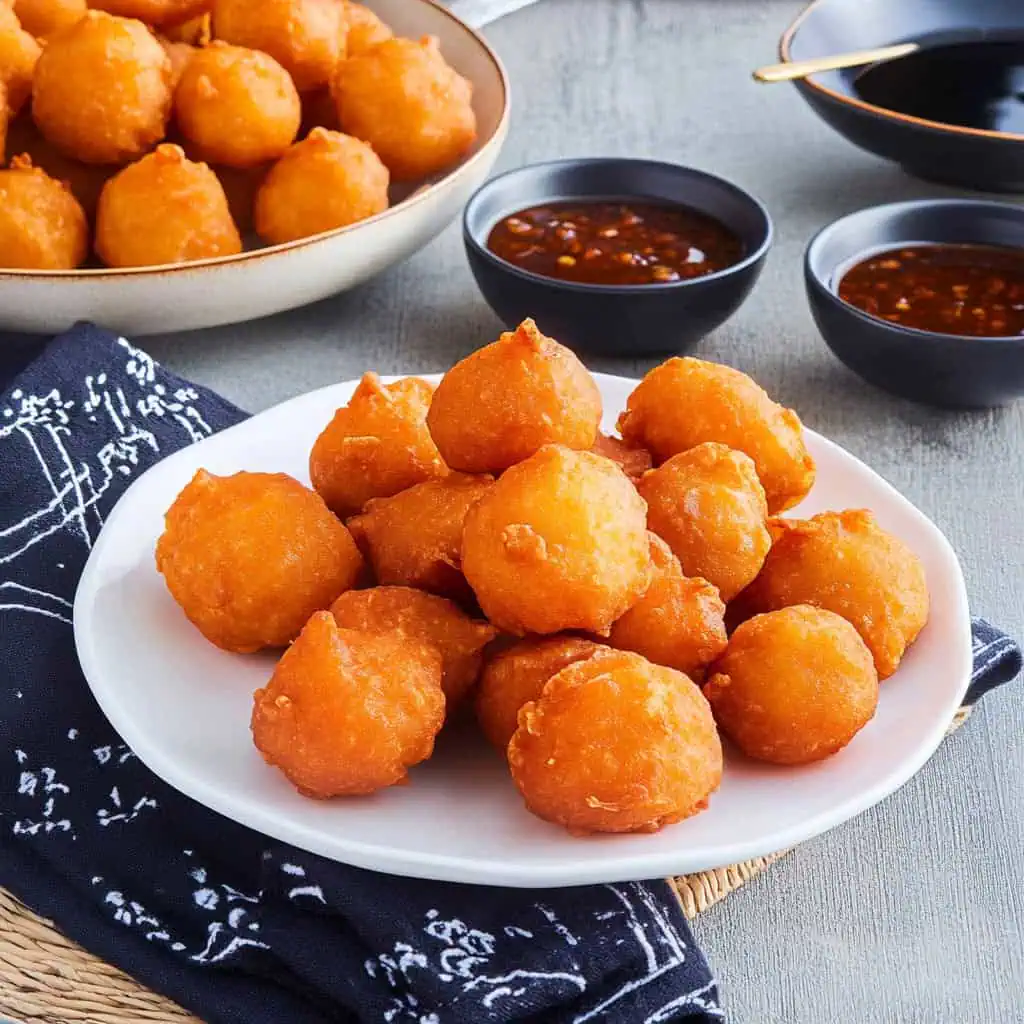





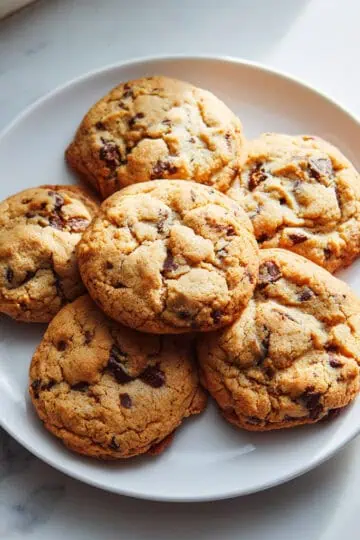
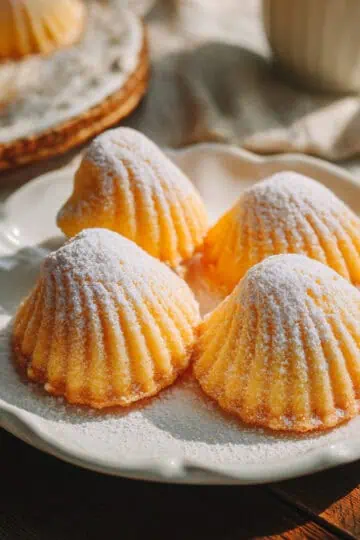

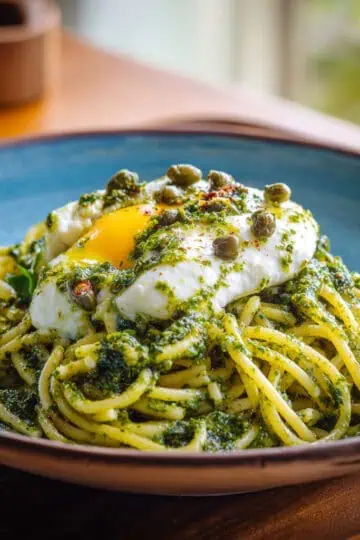
Comments
No Comments